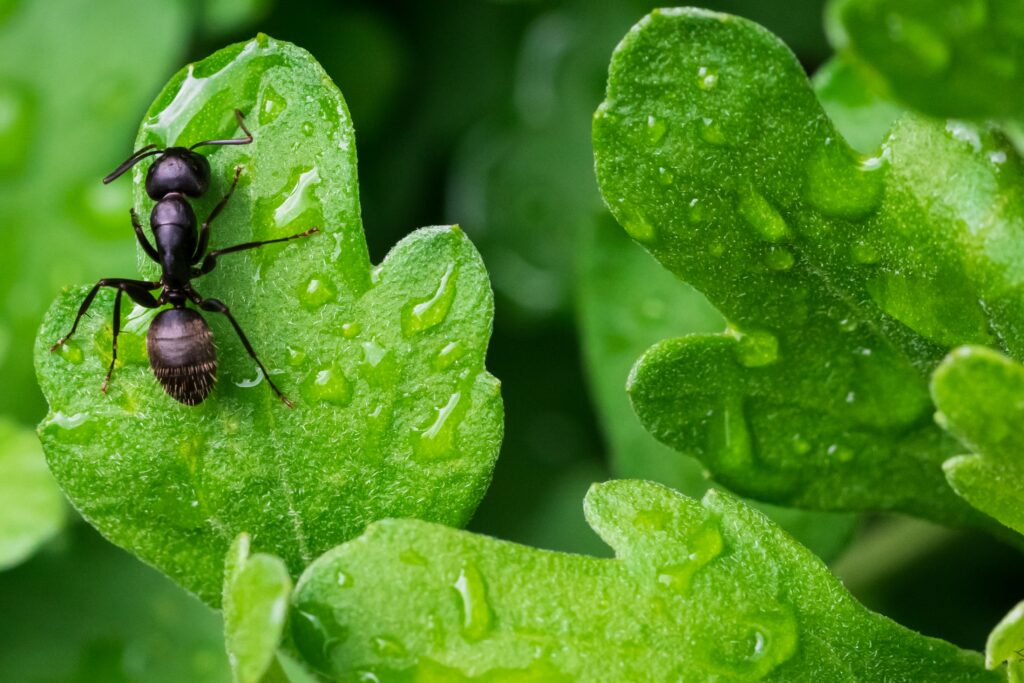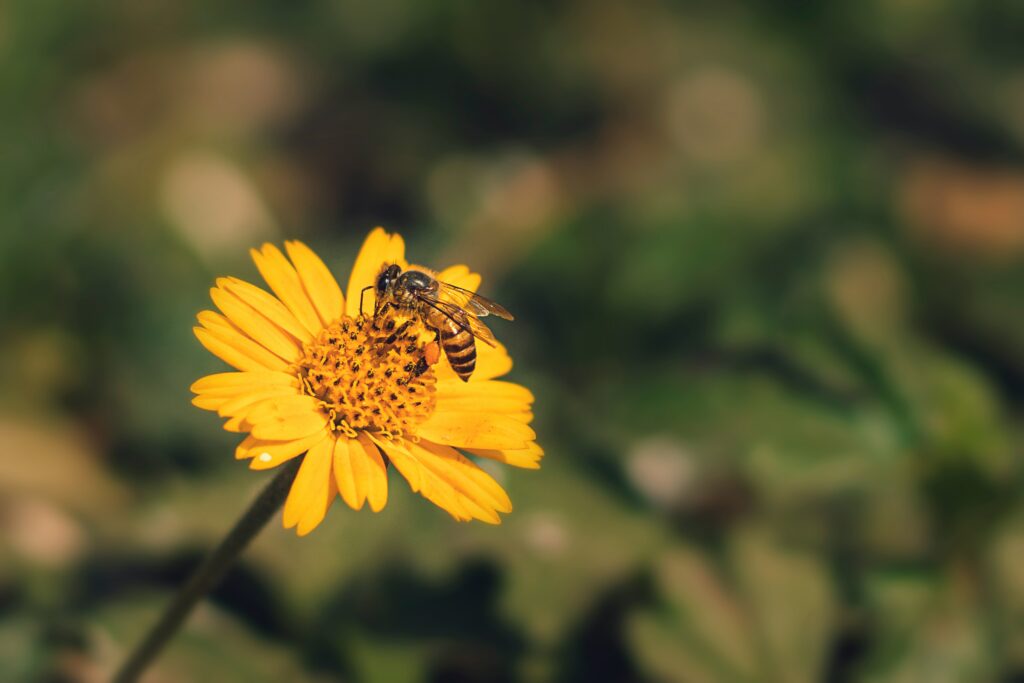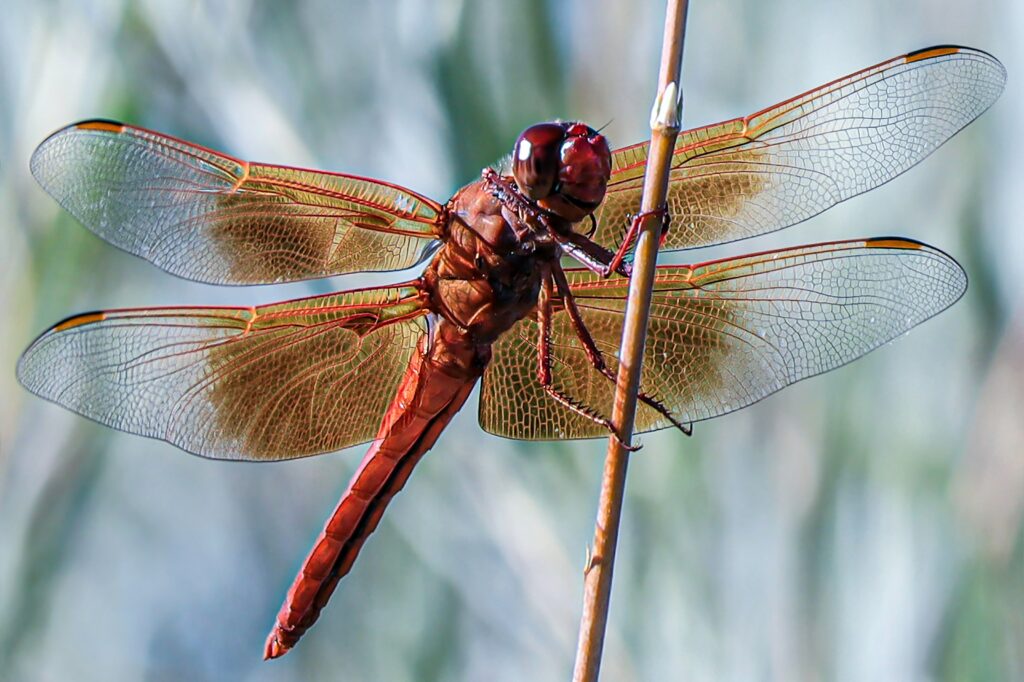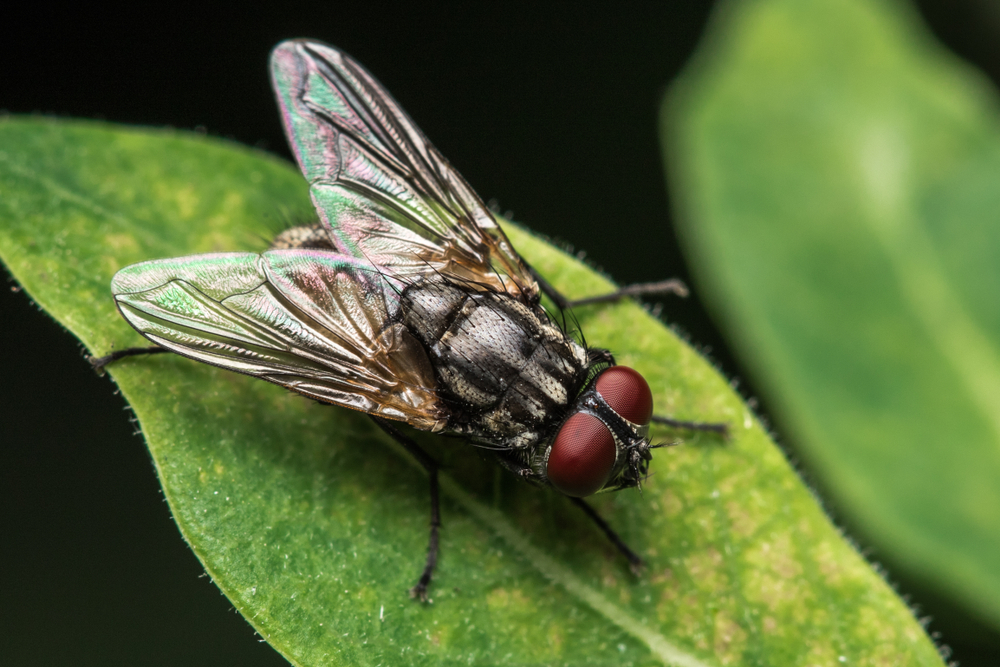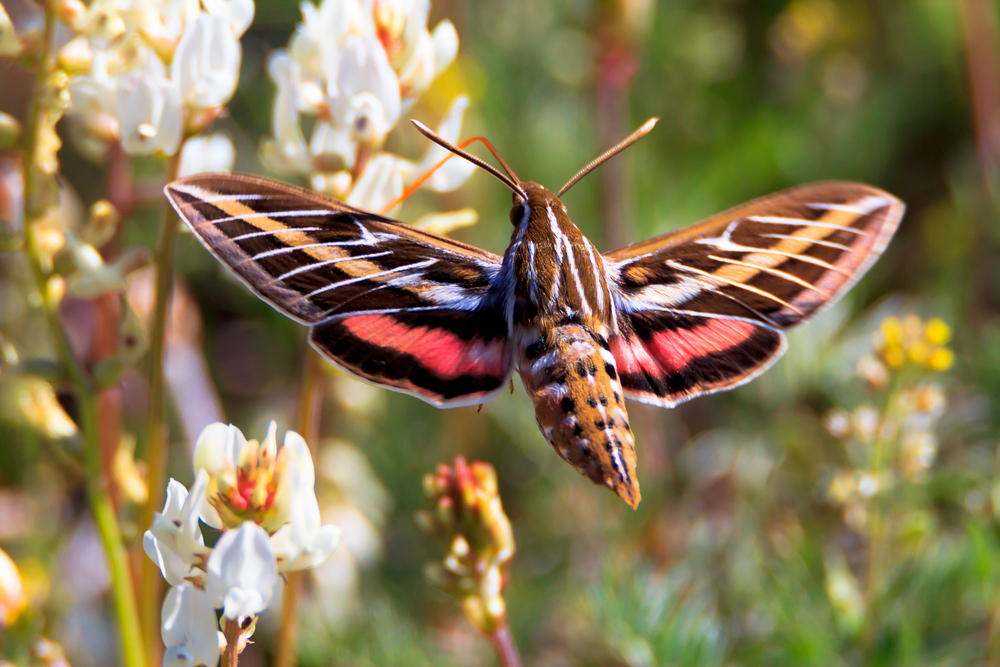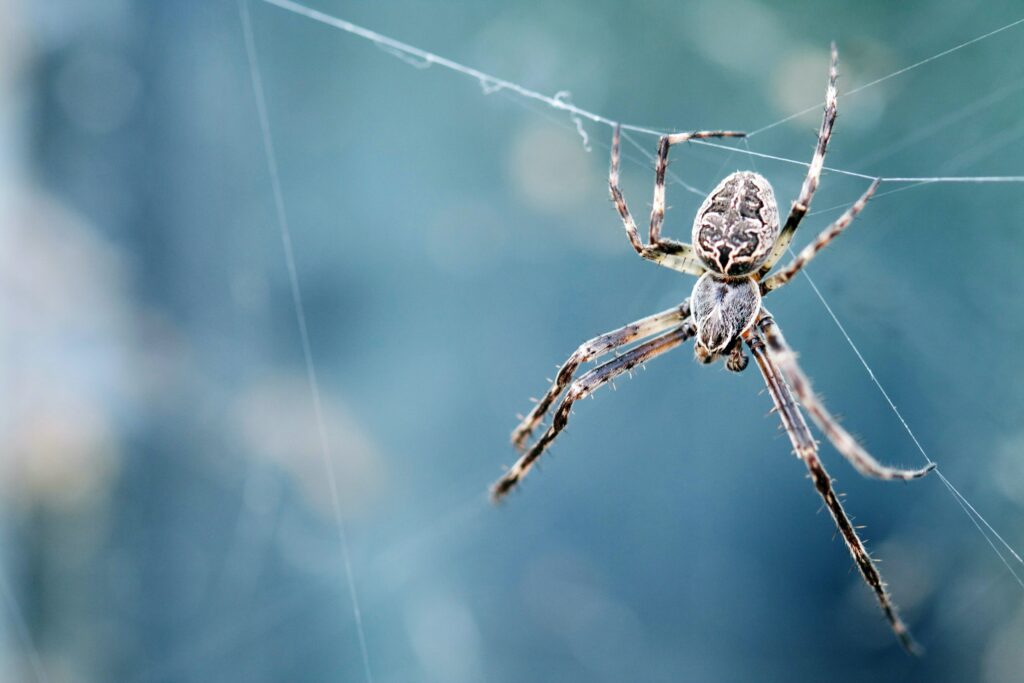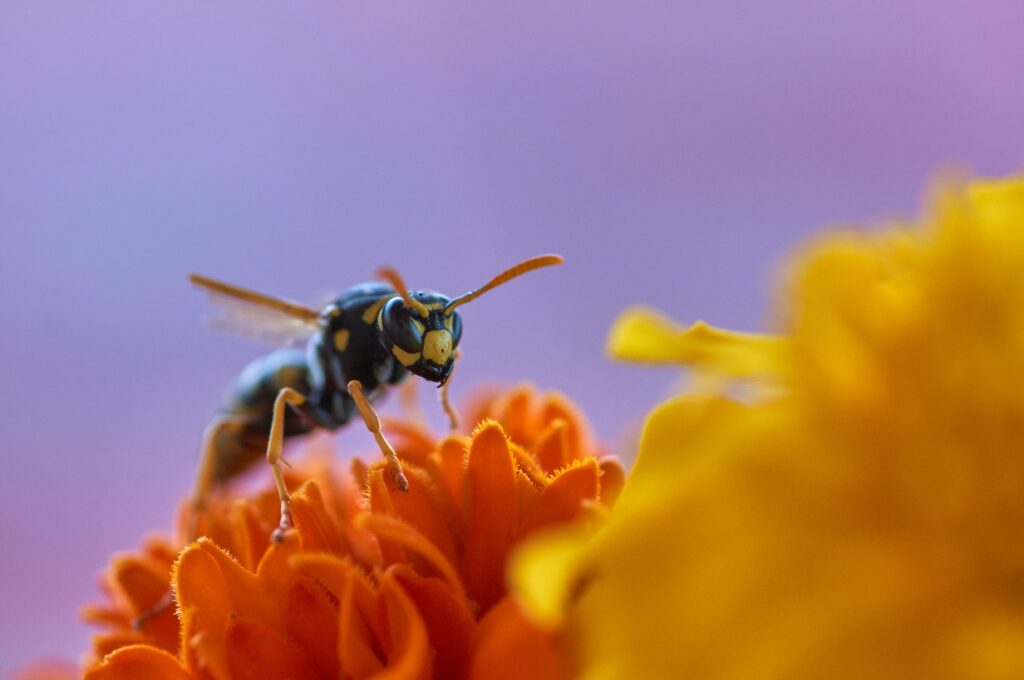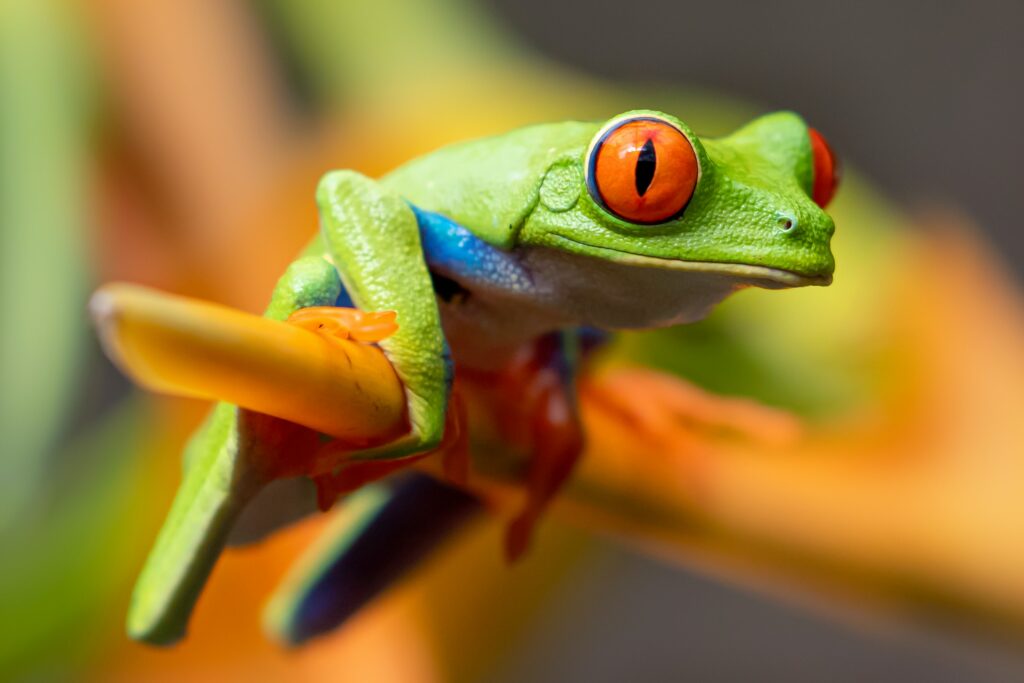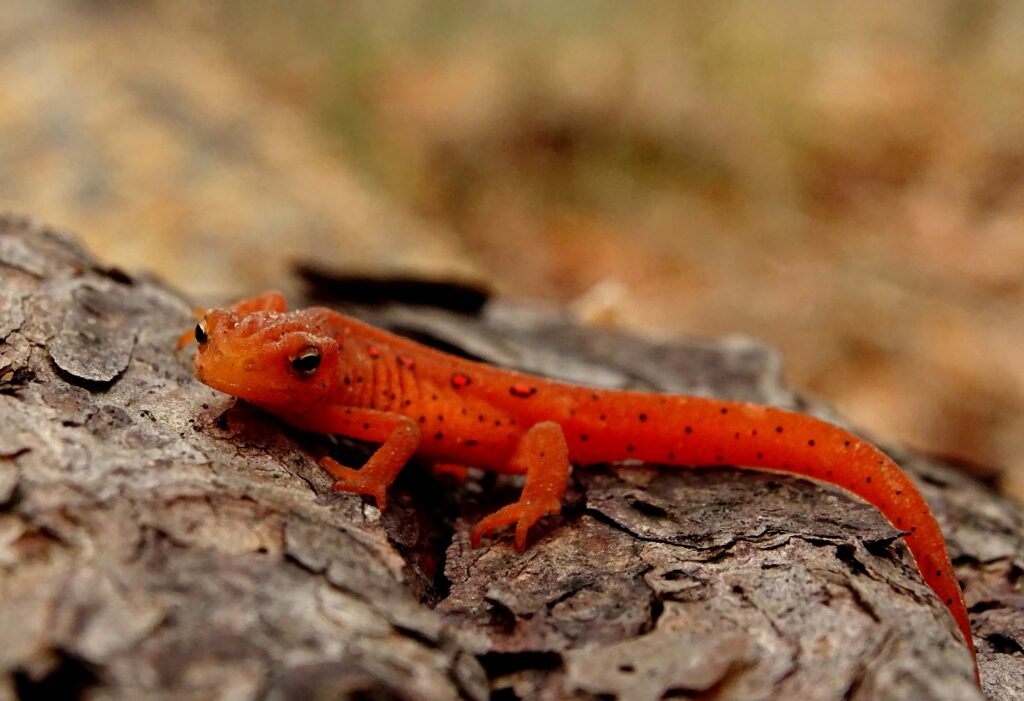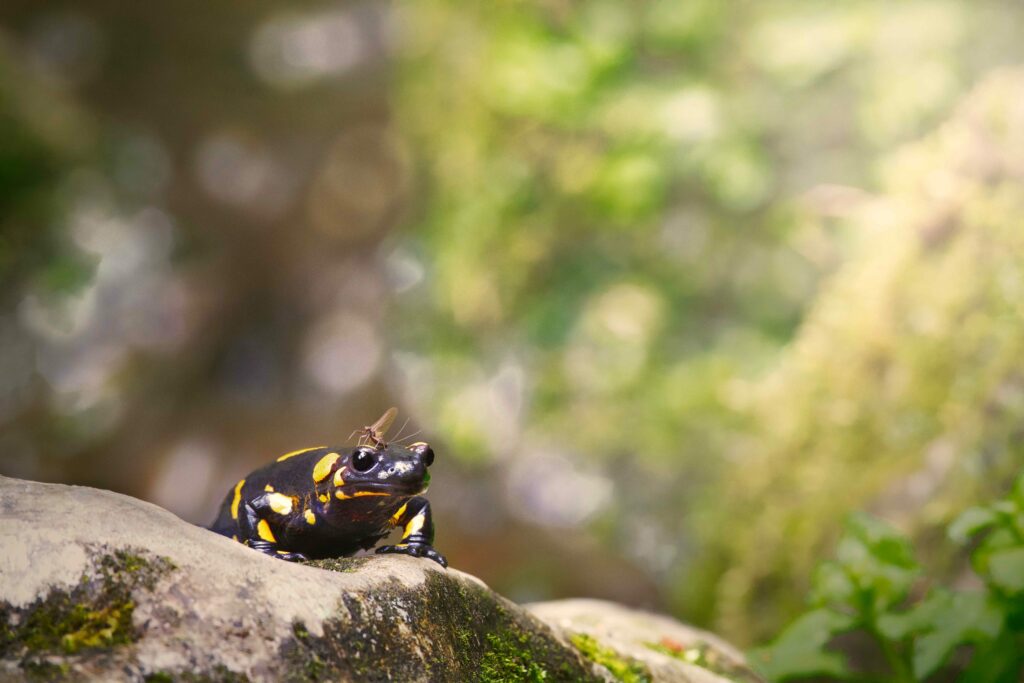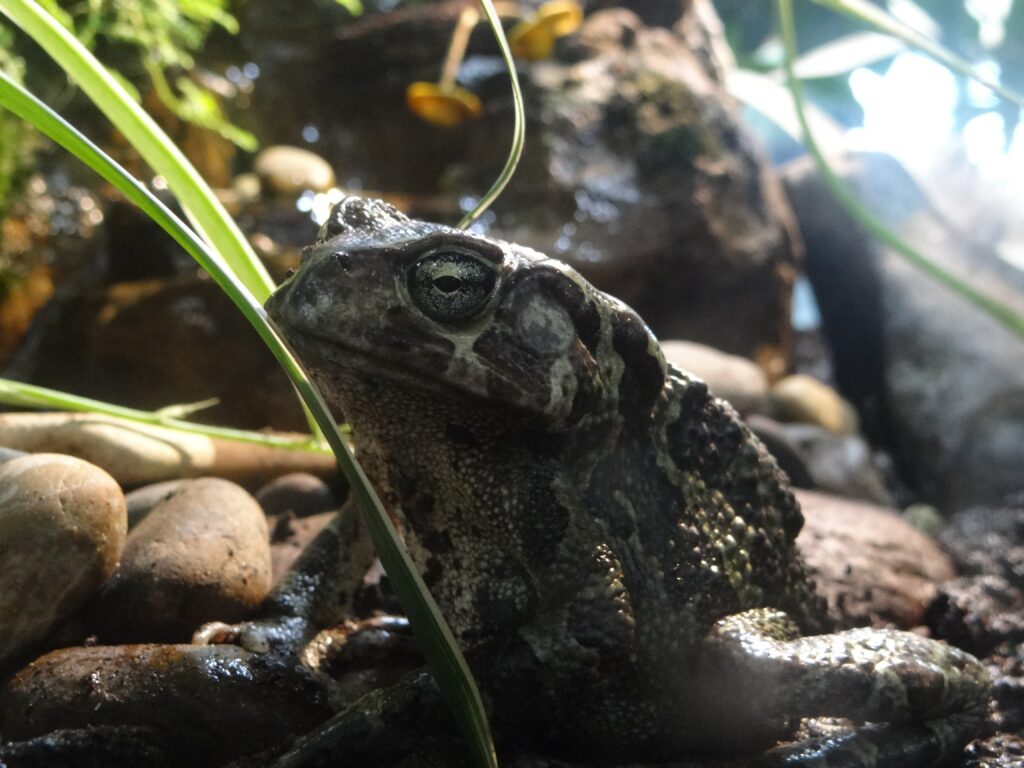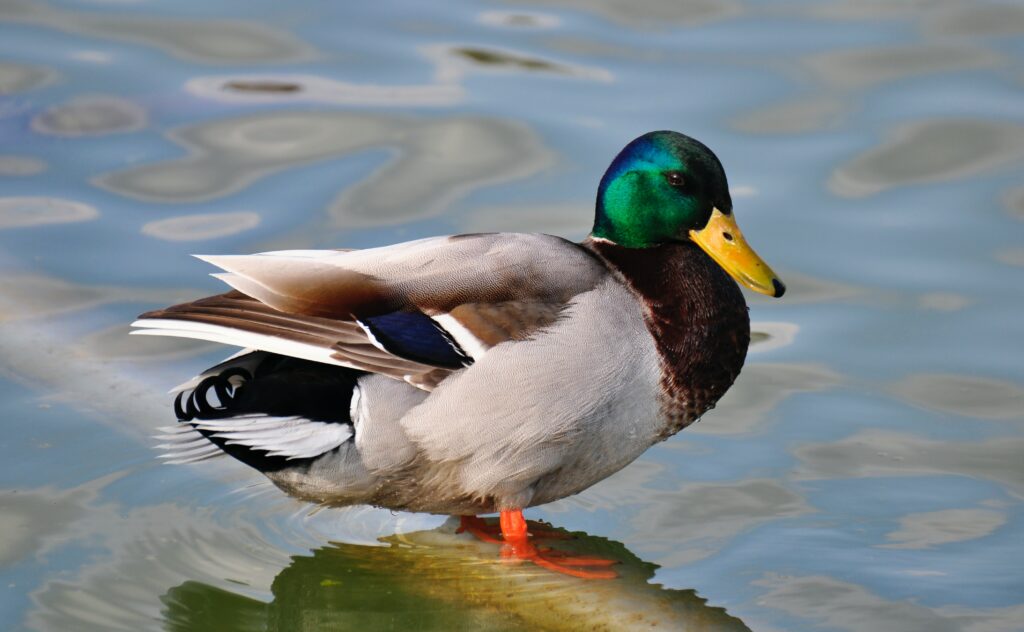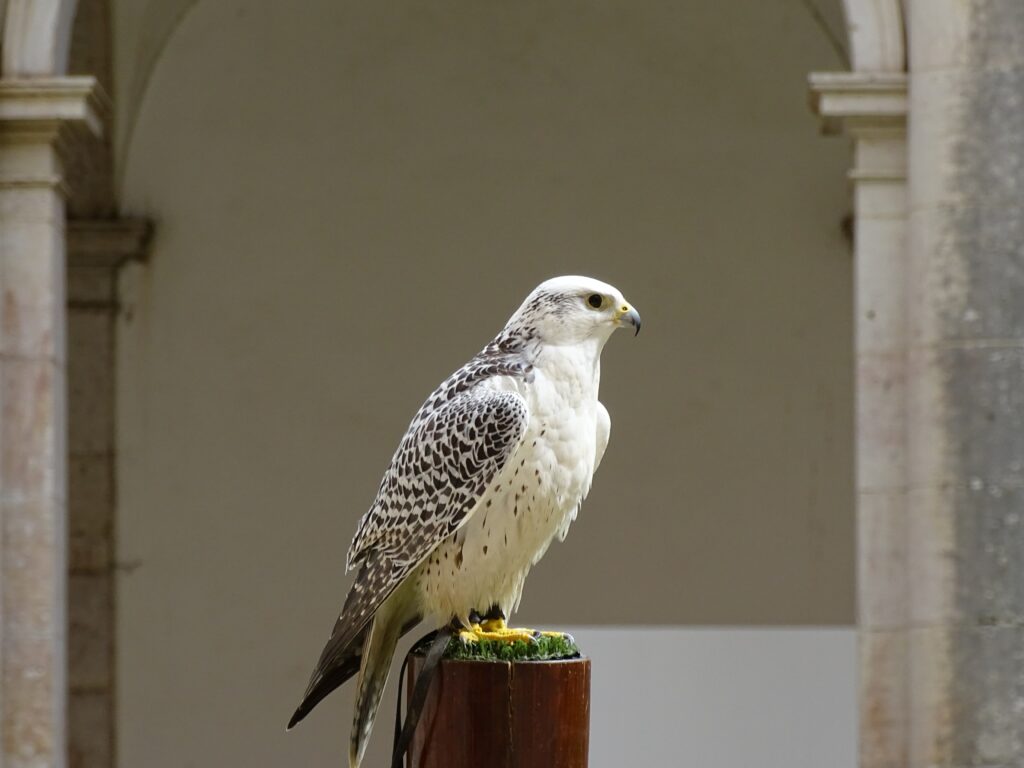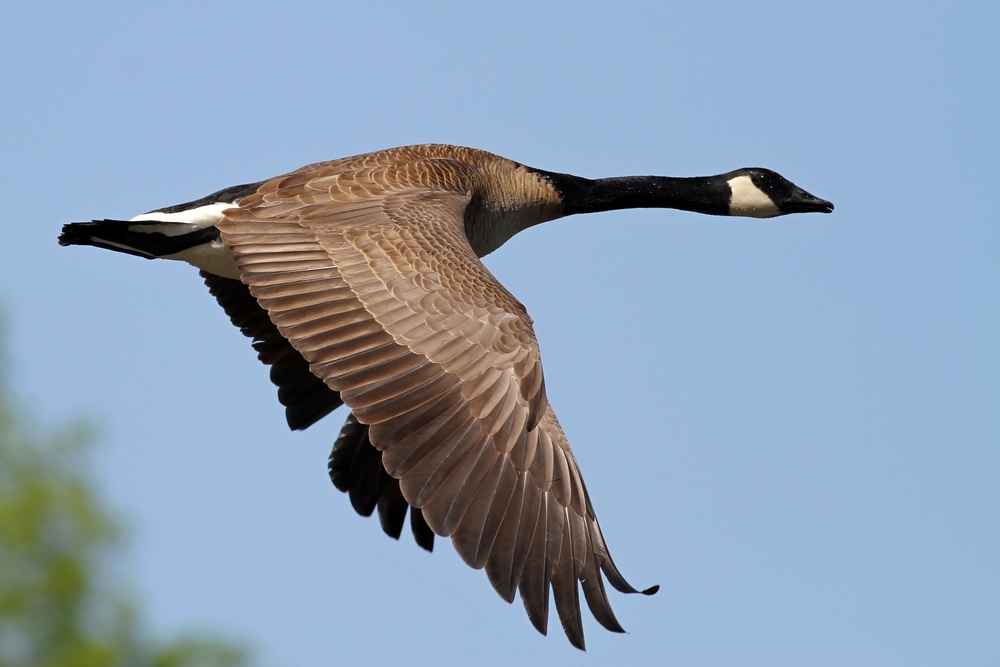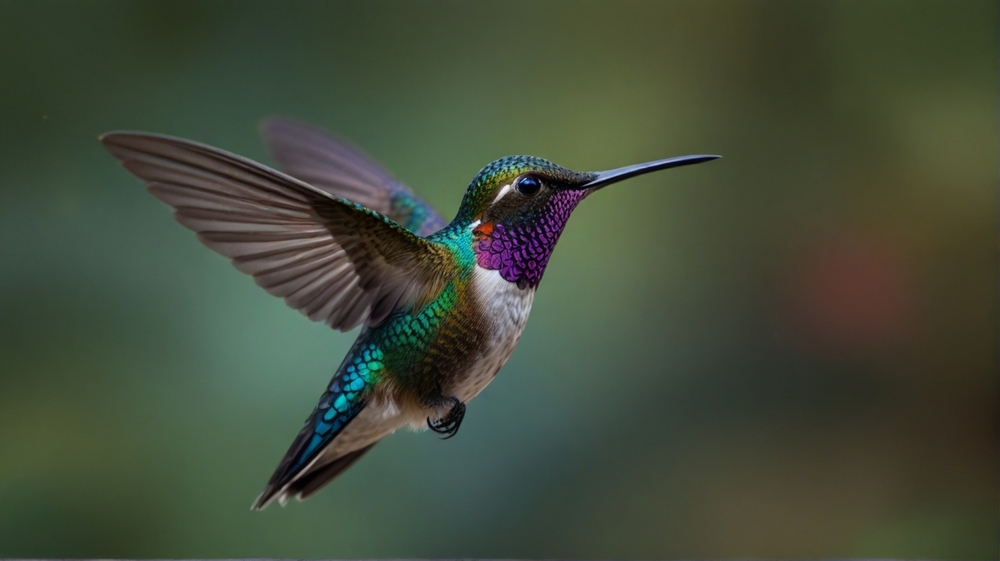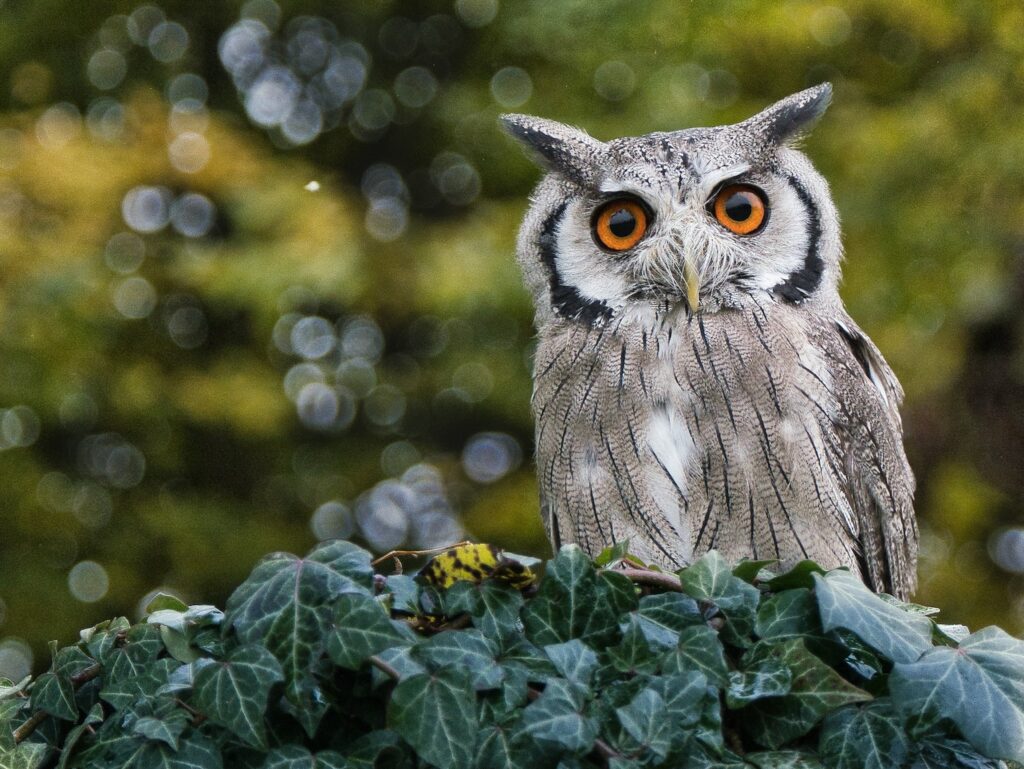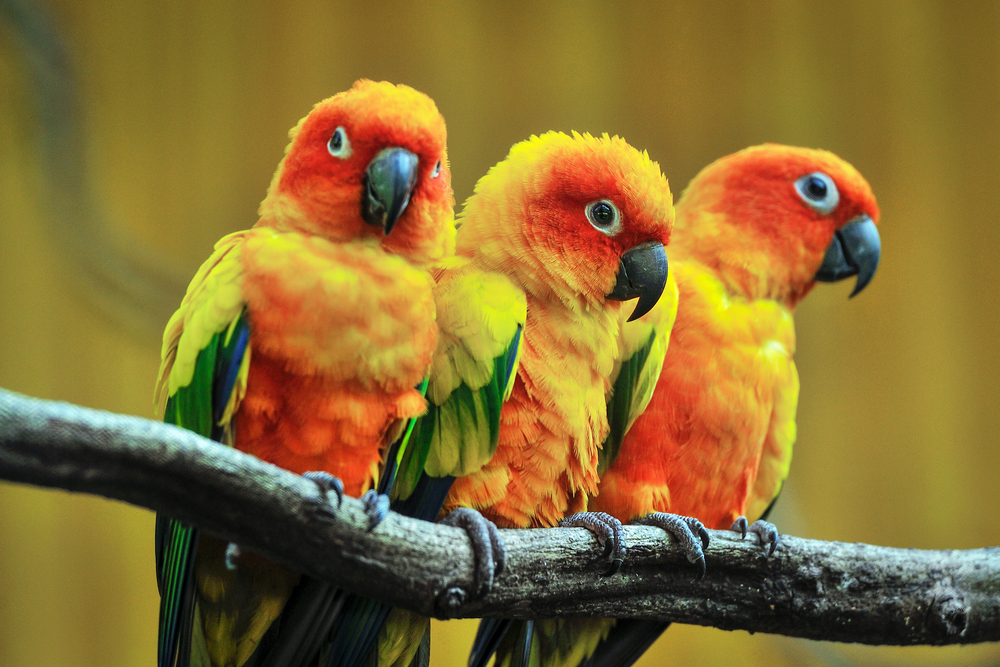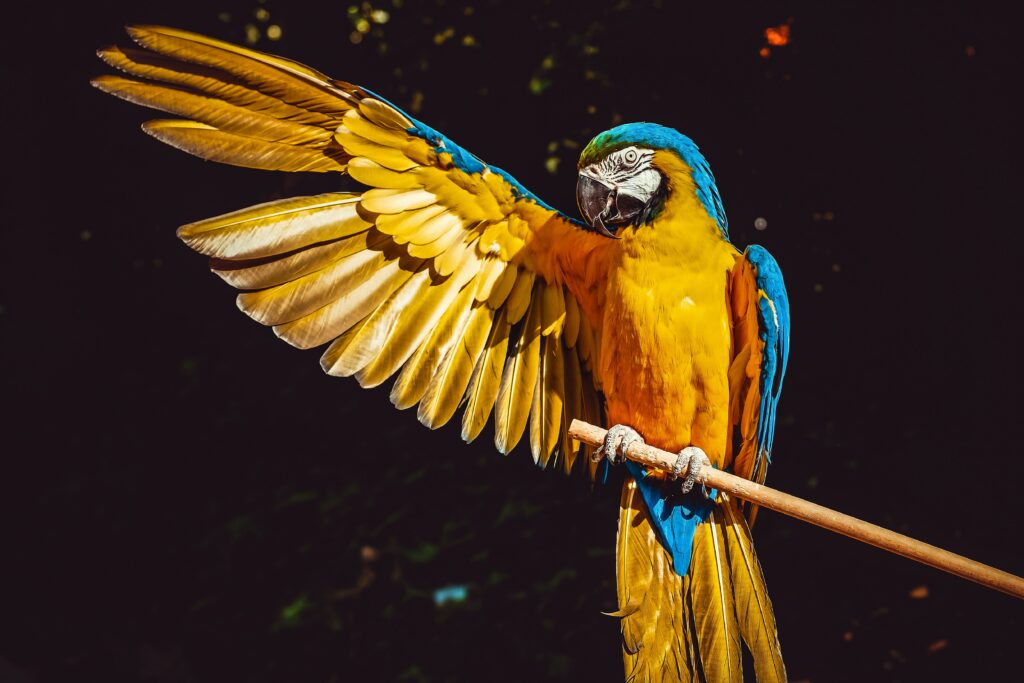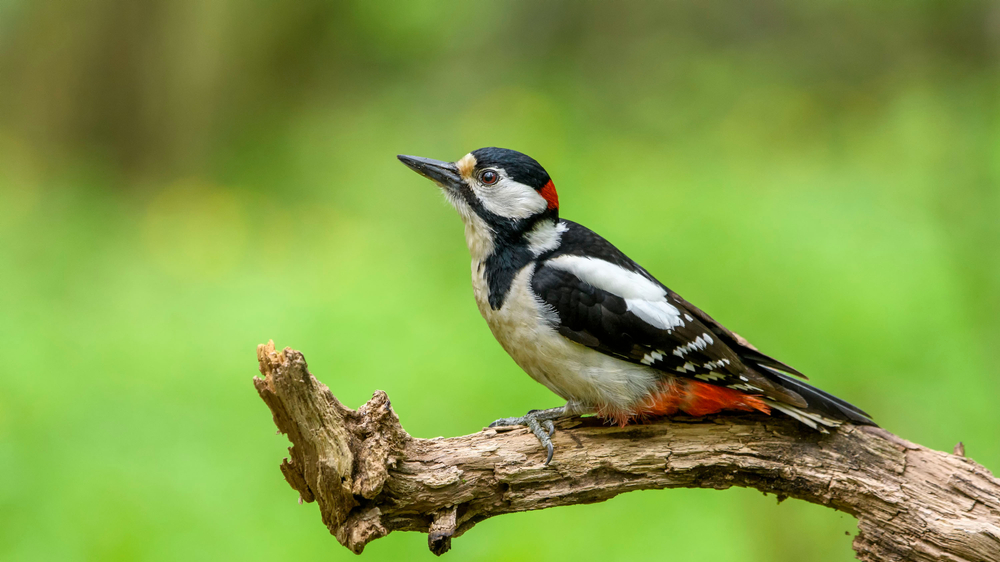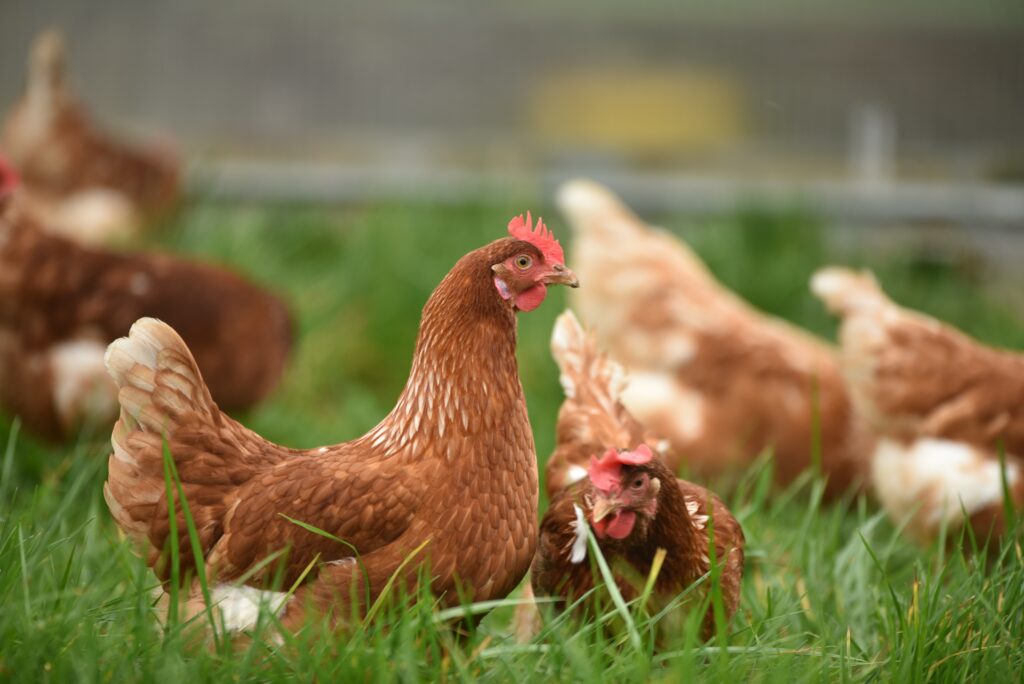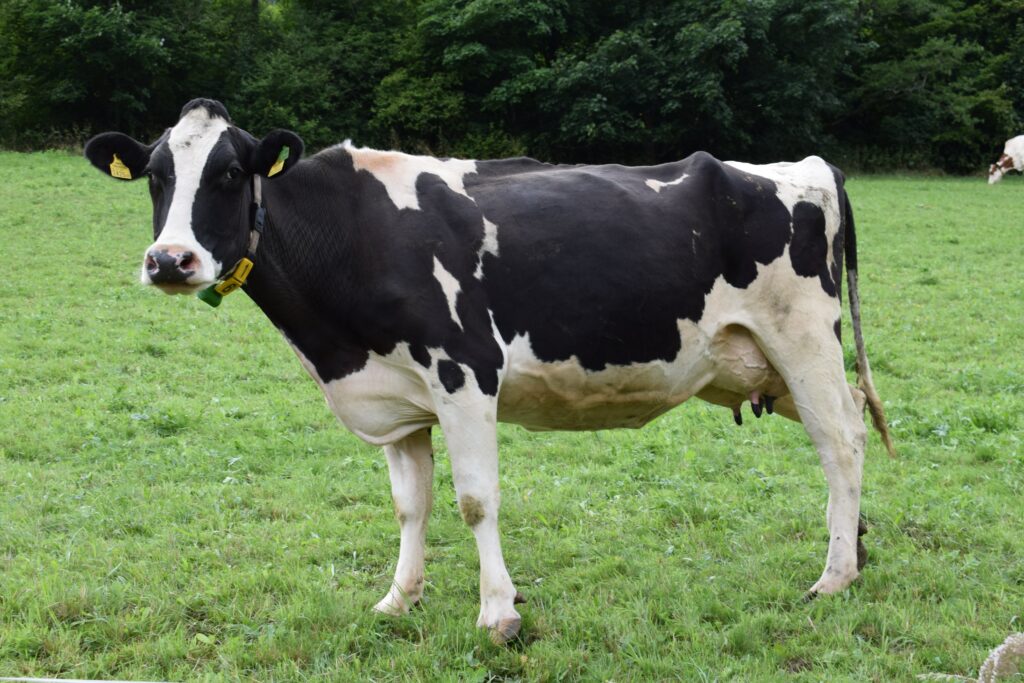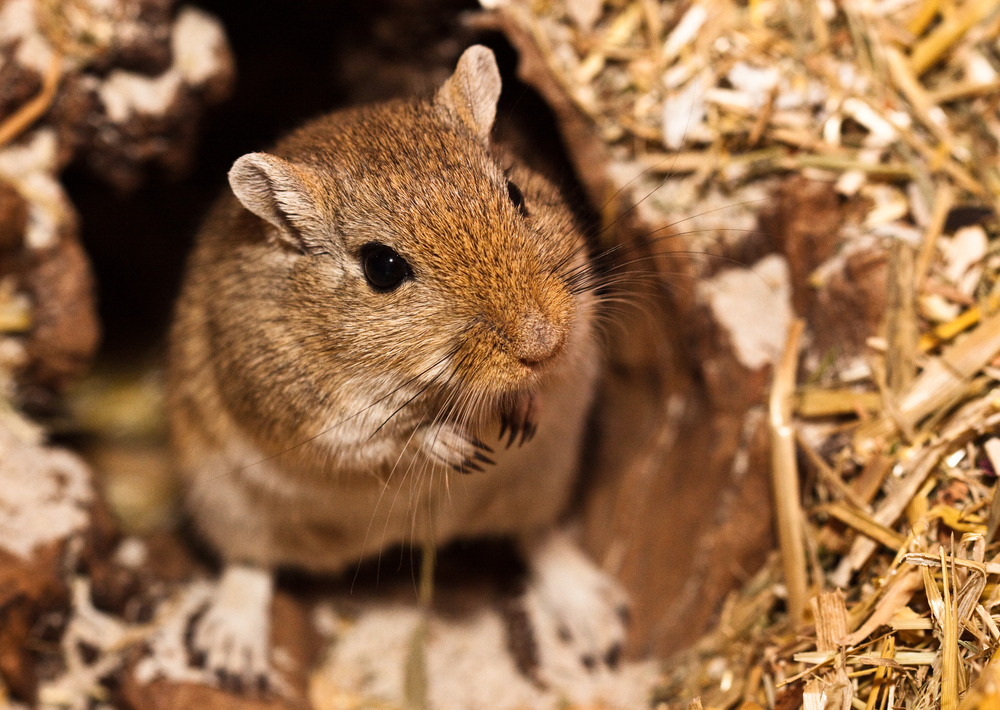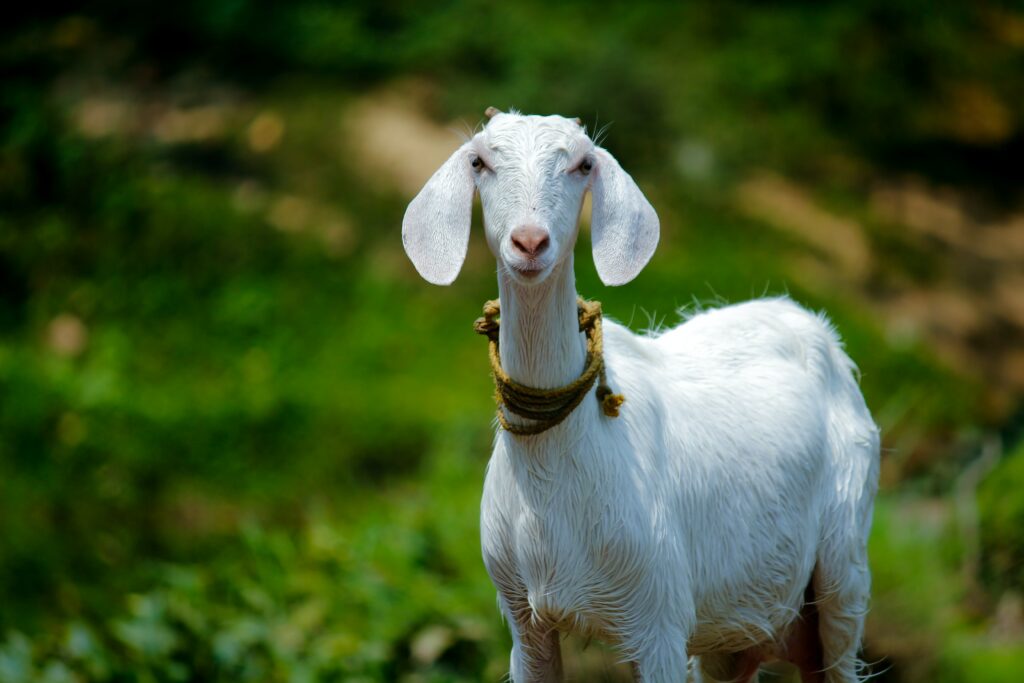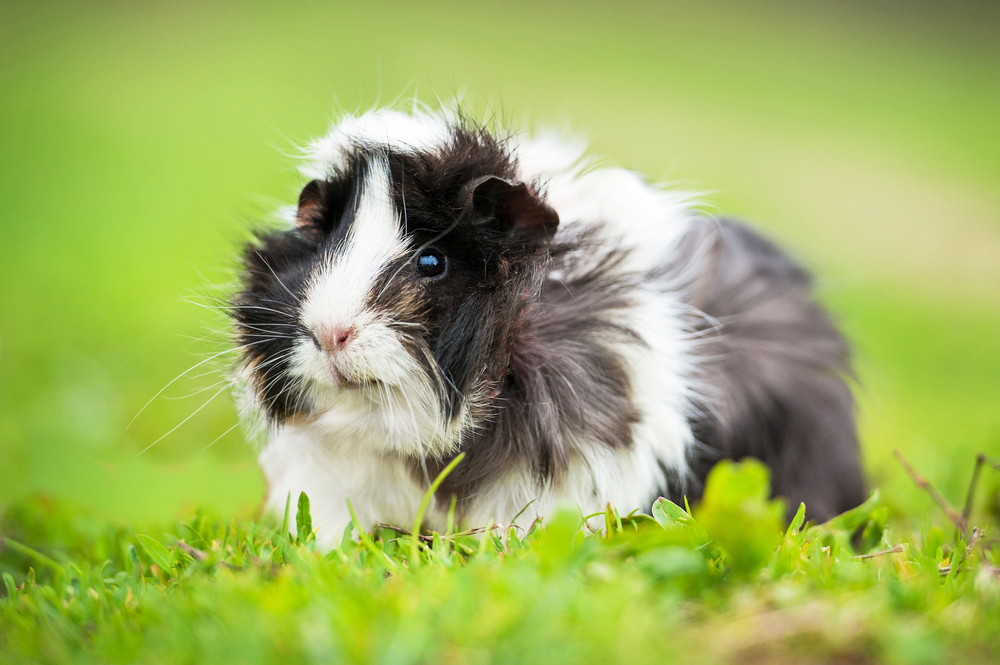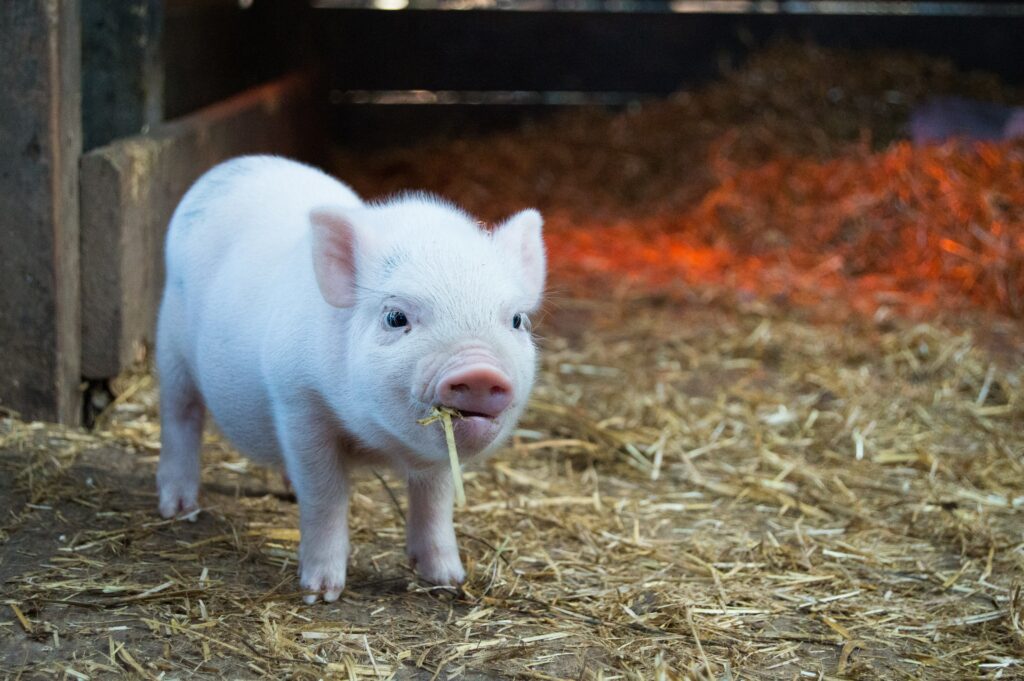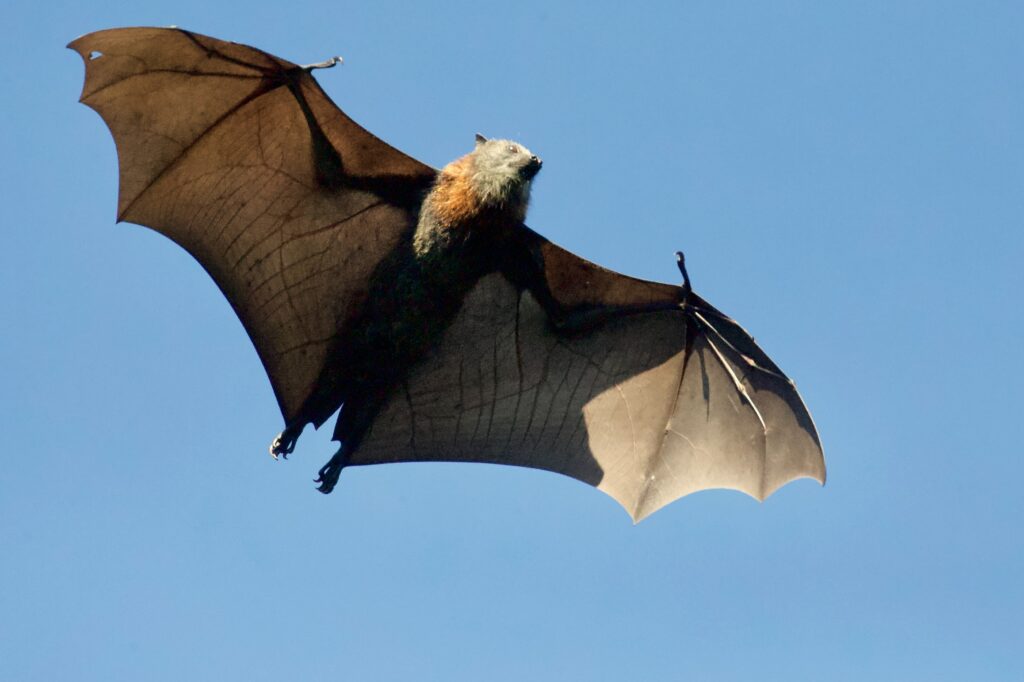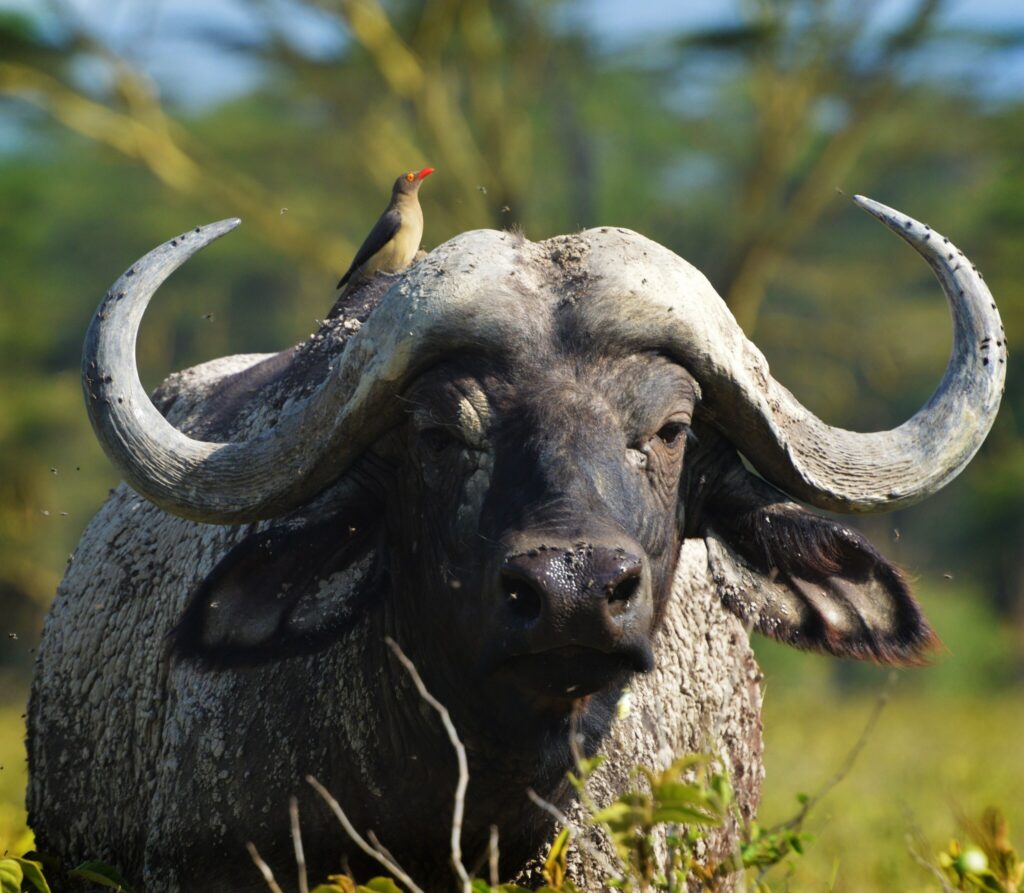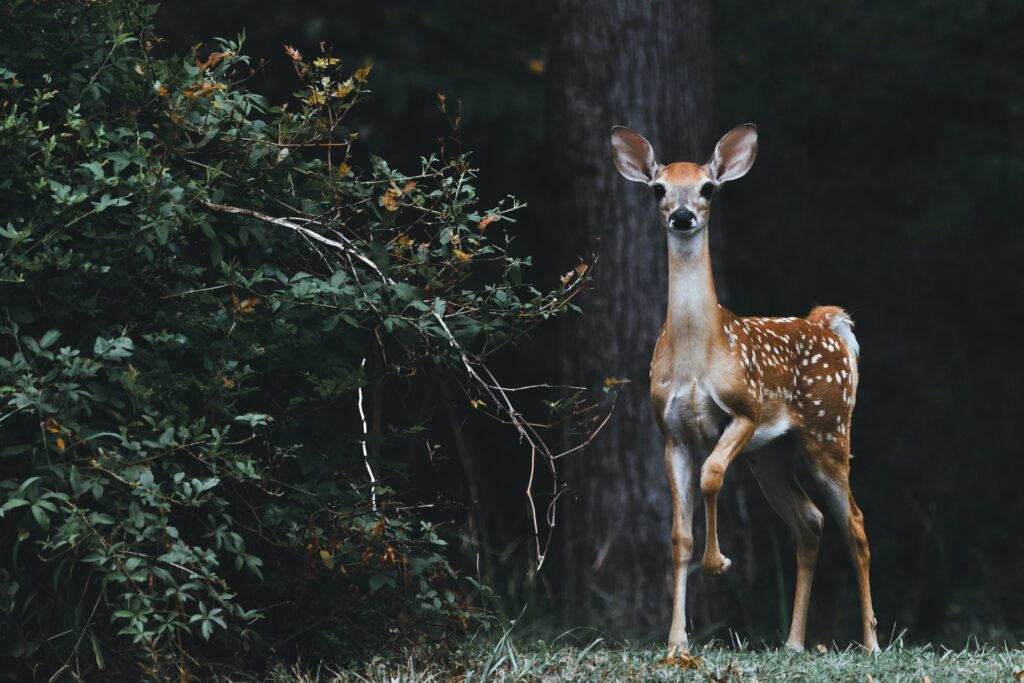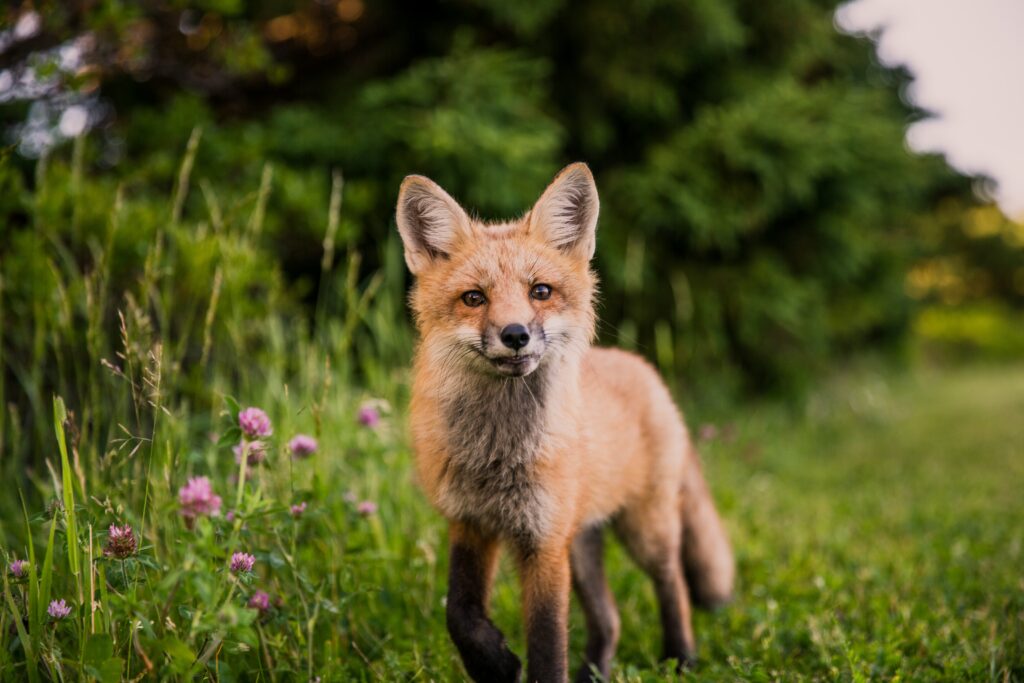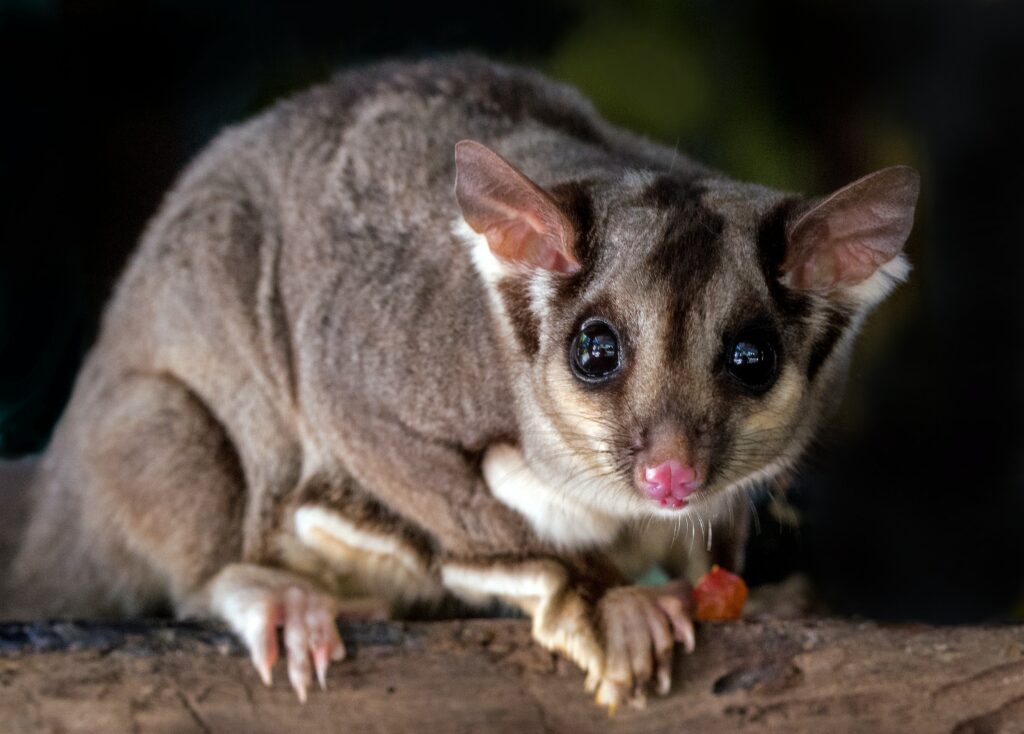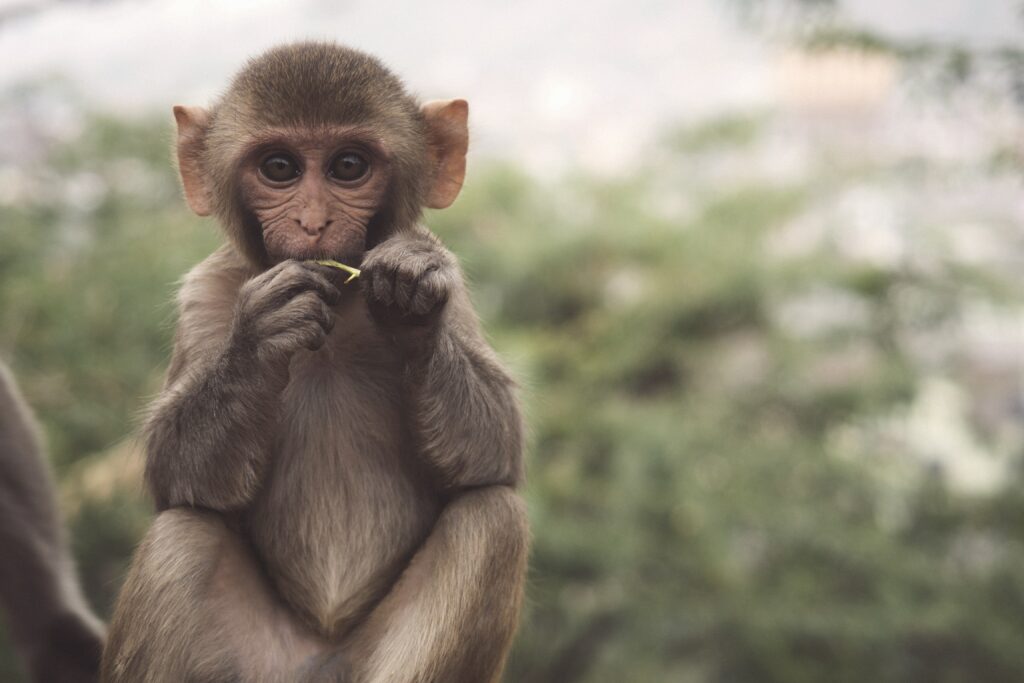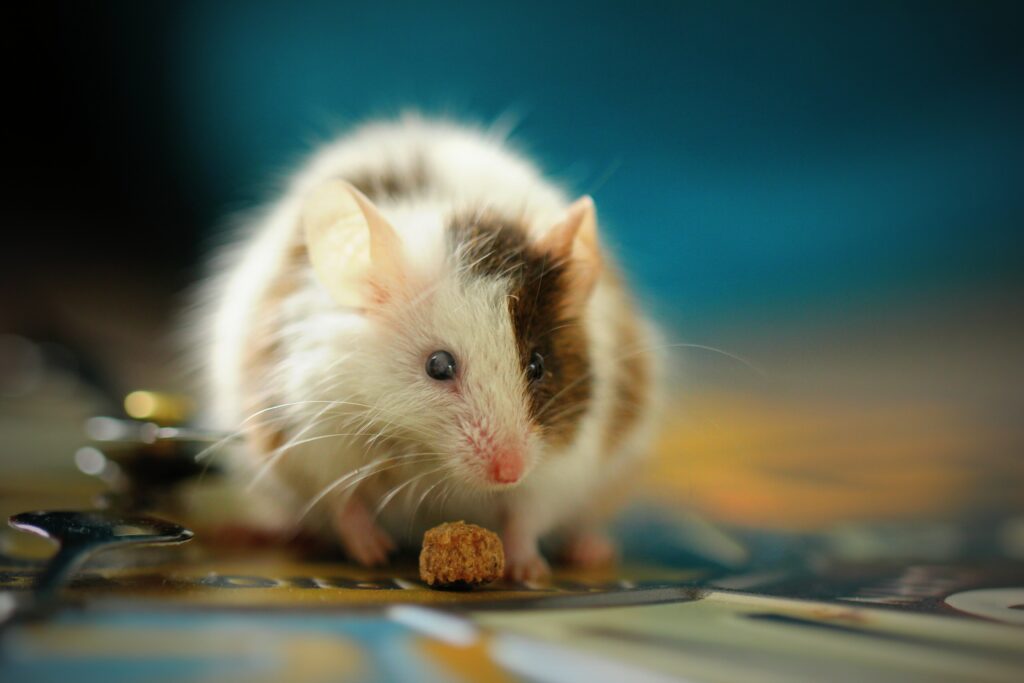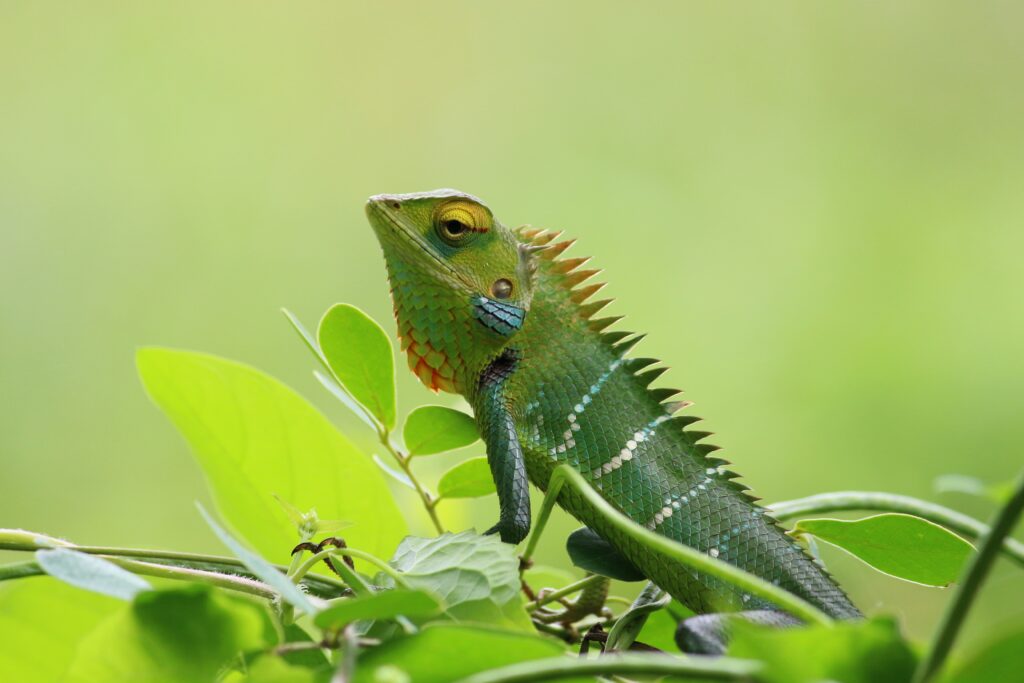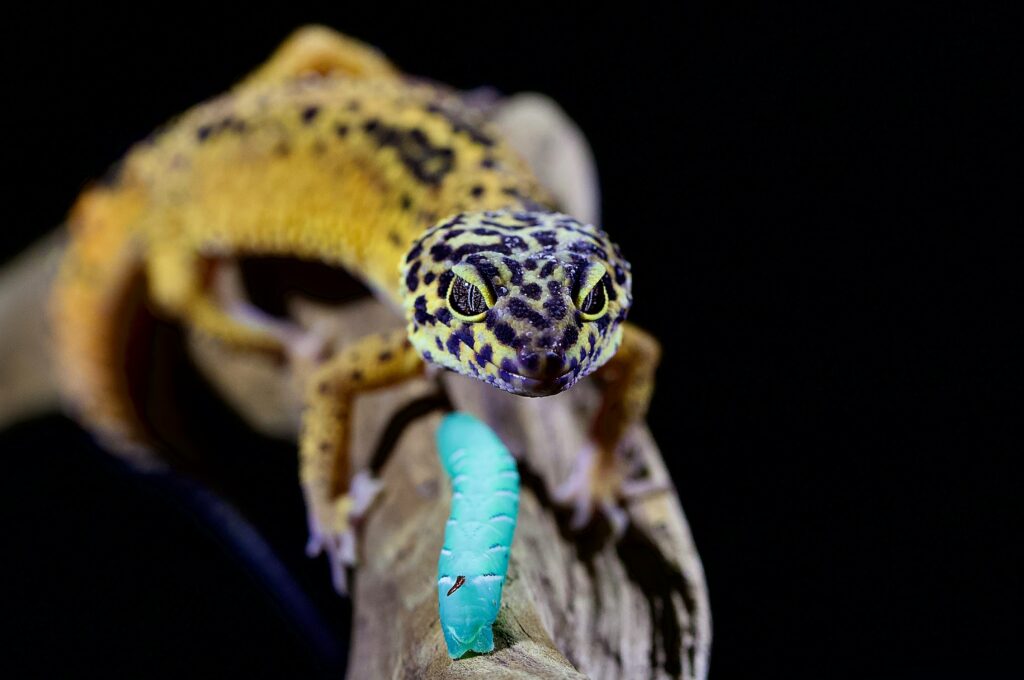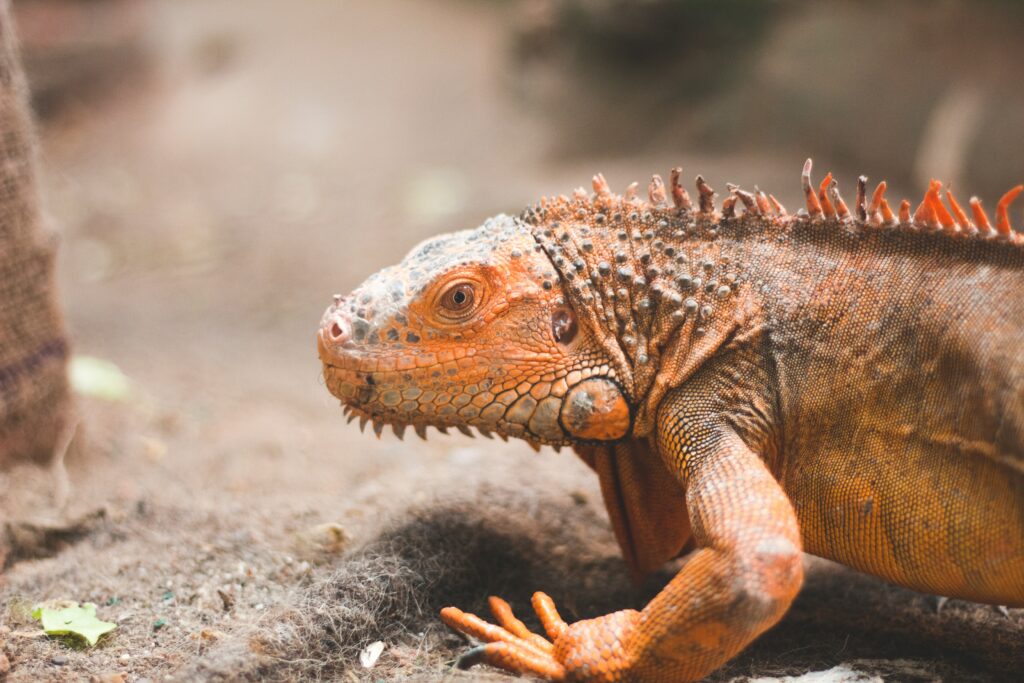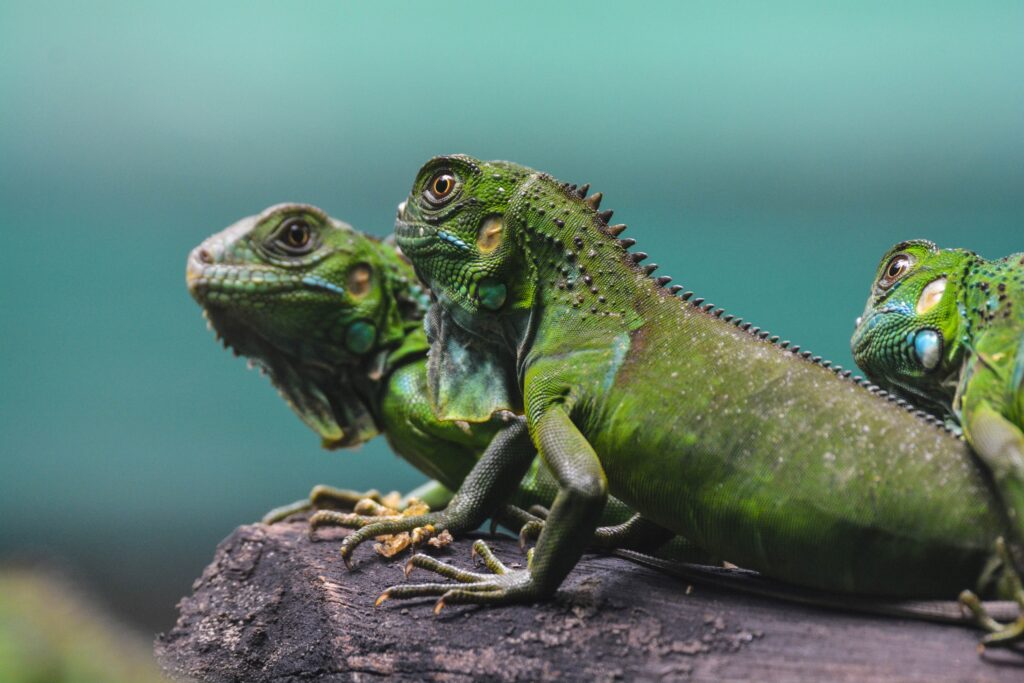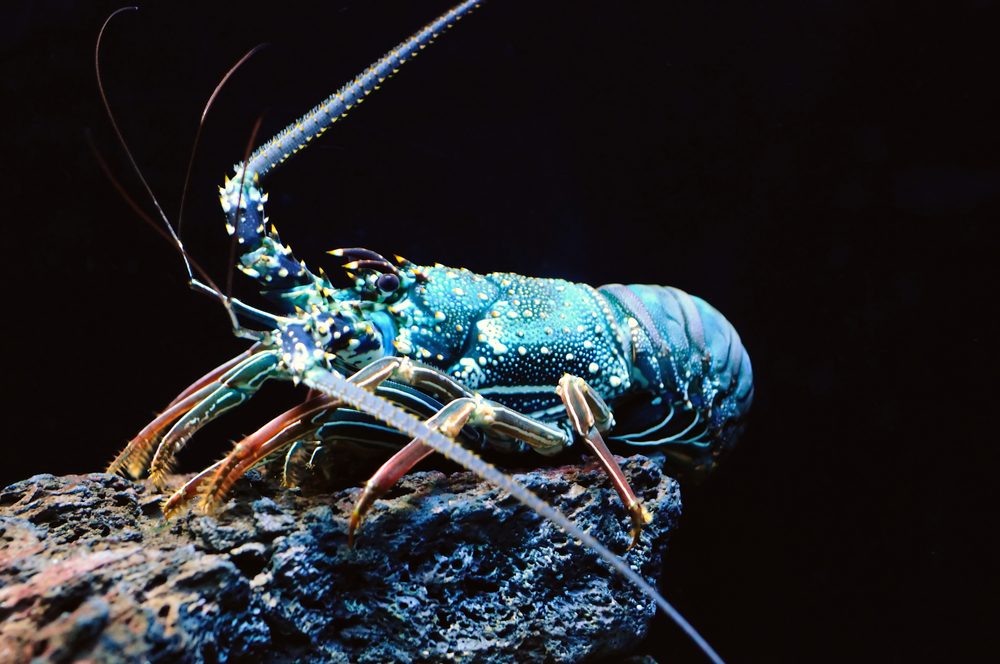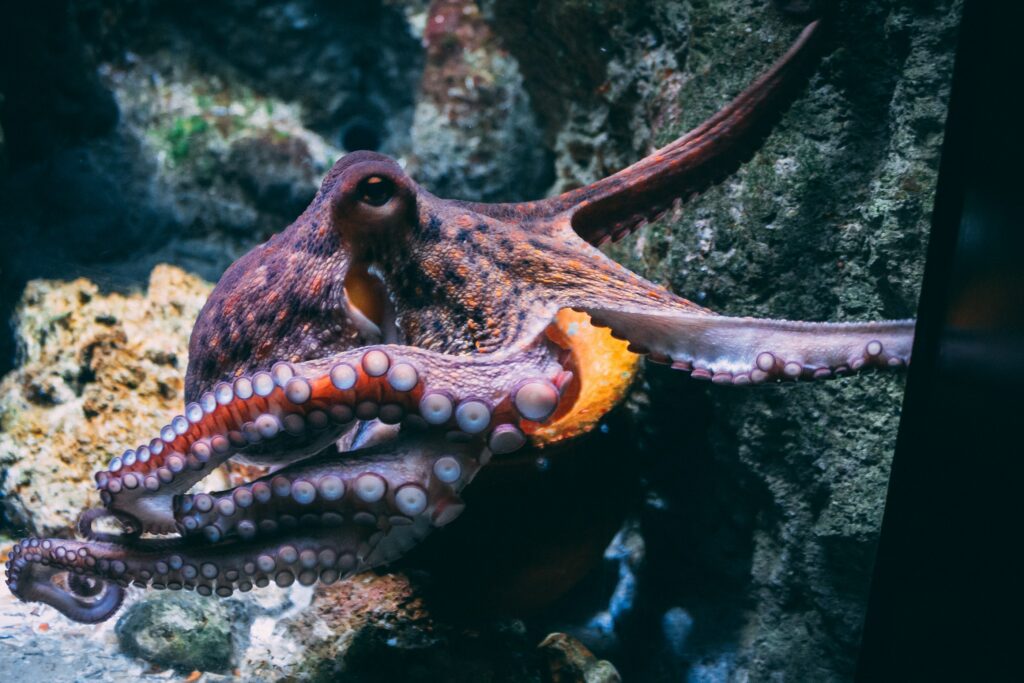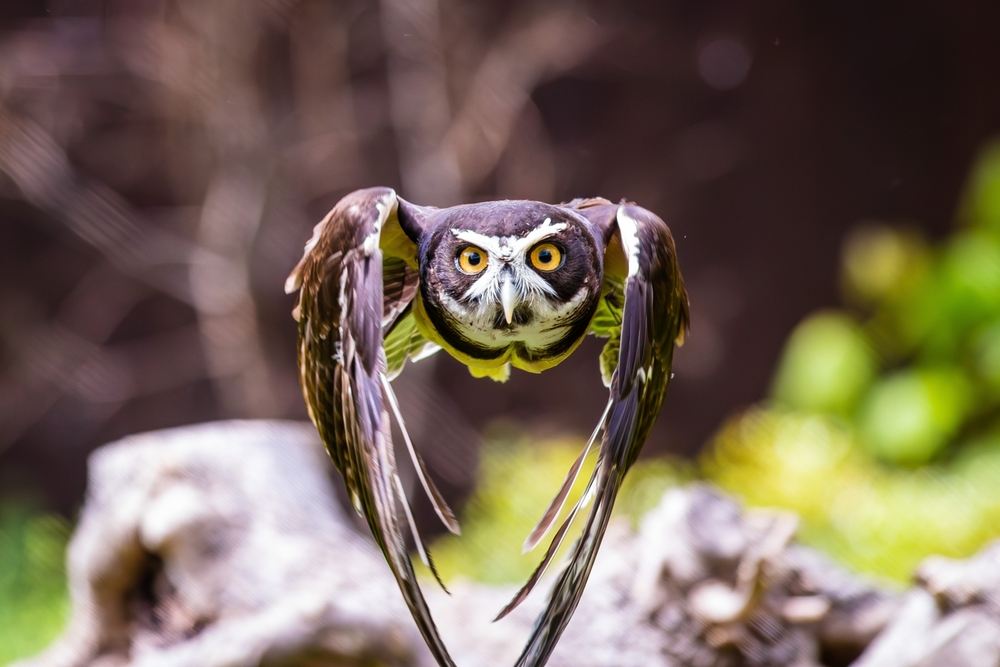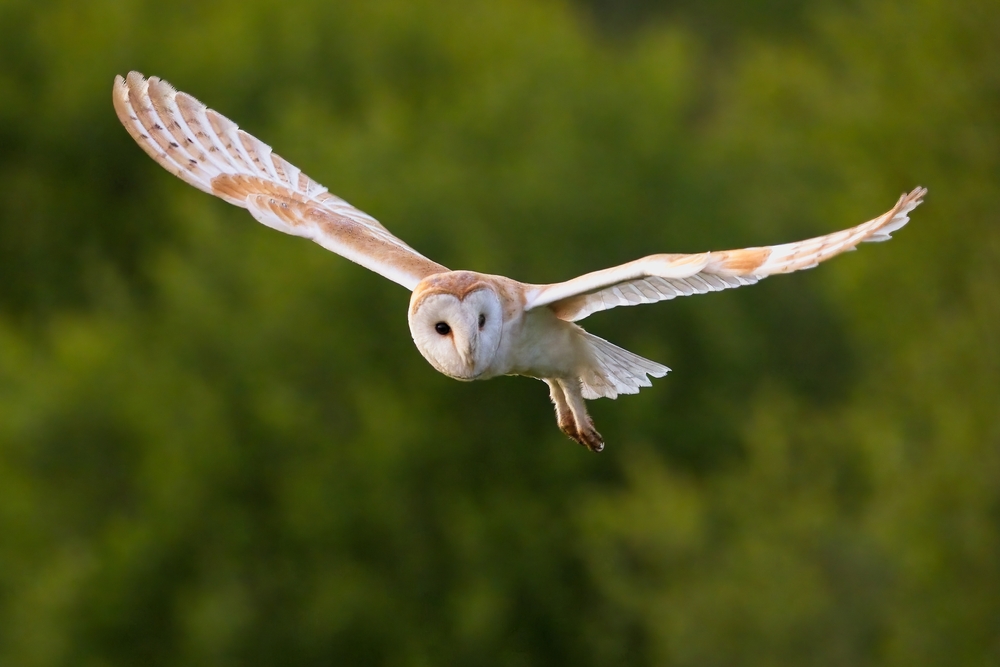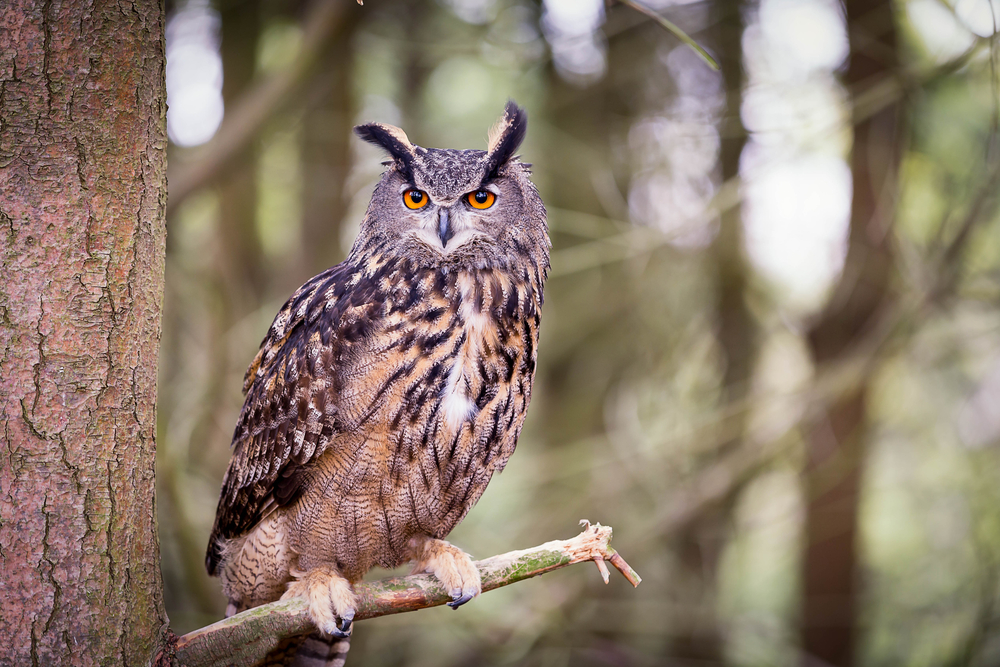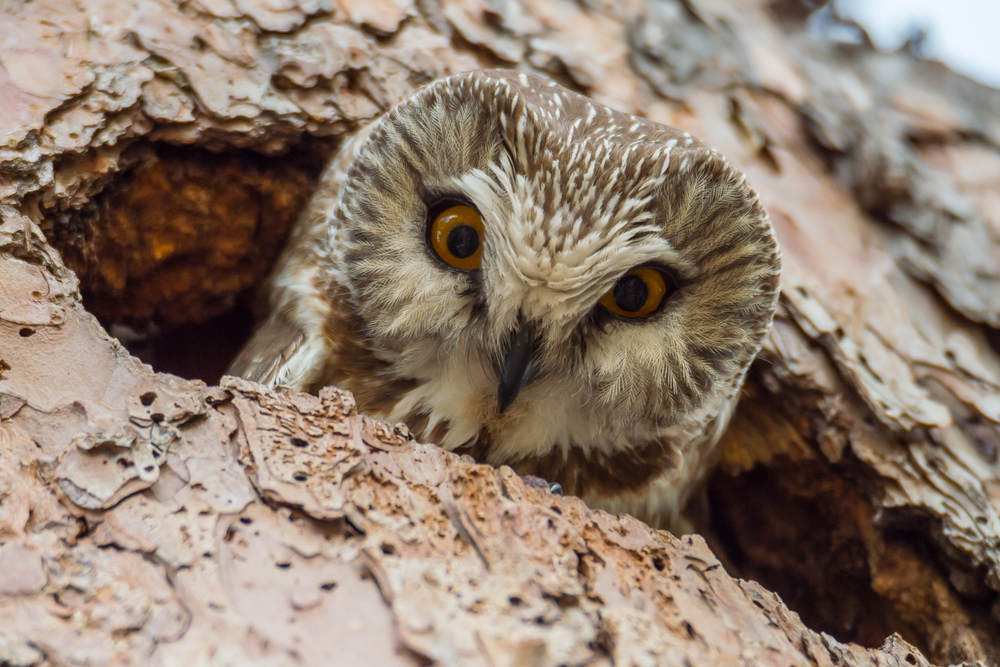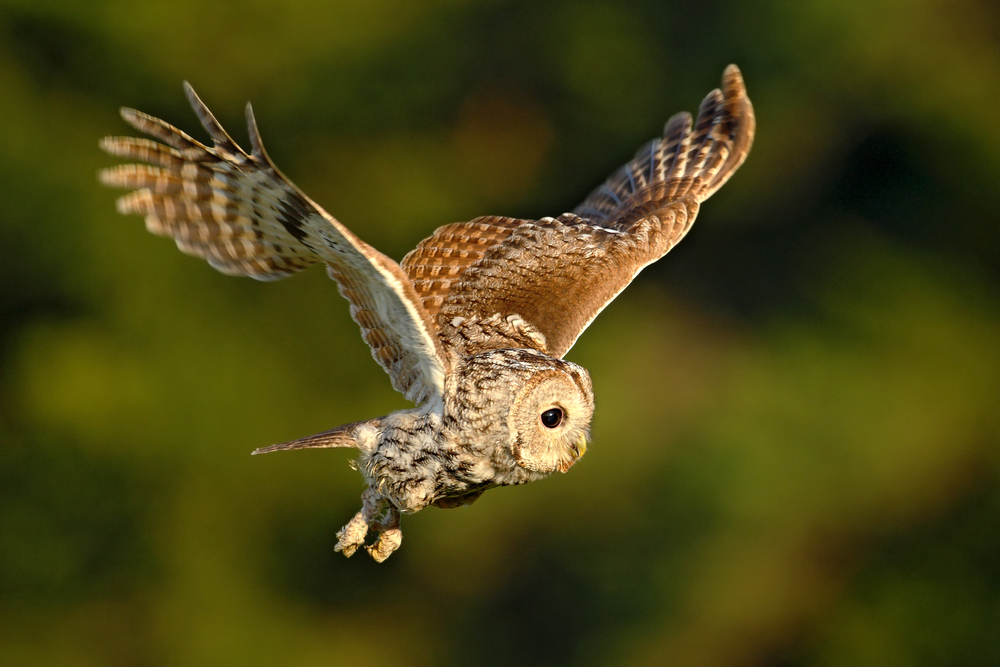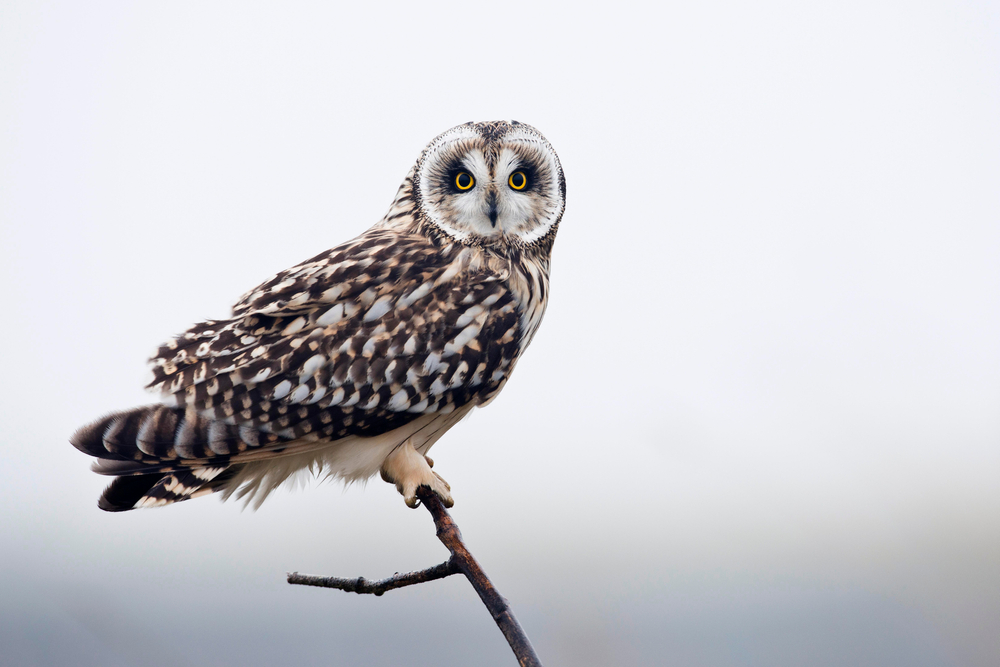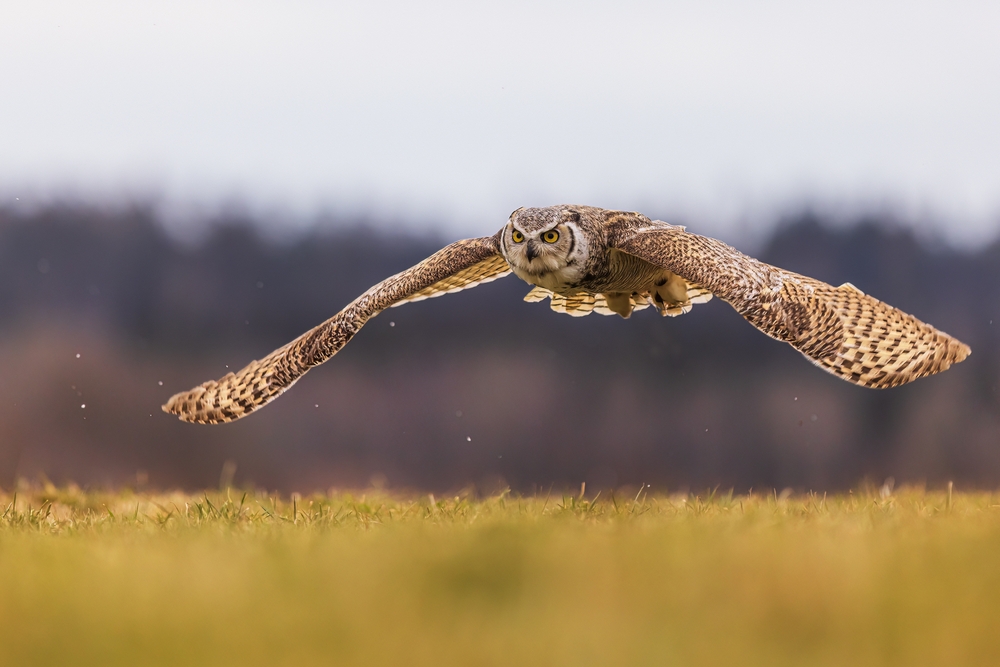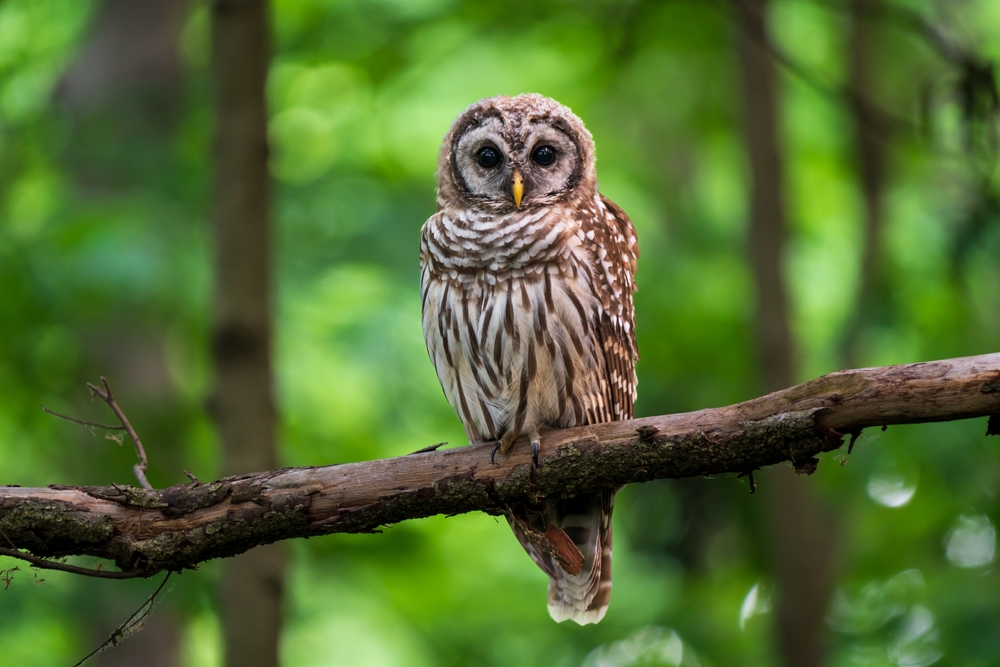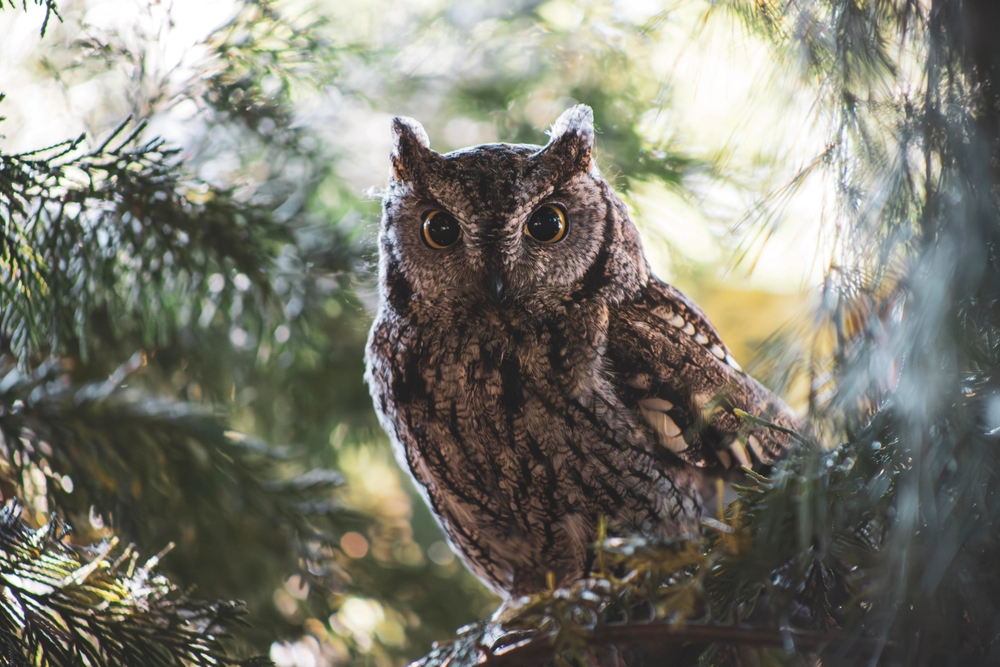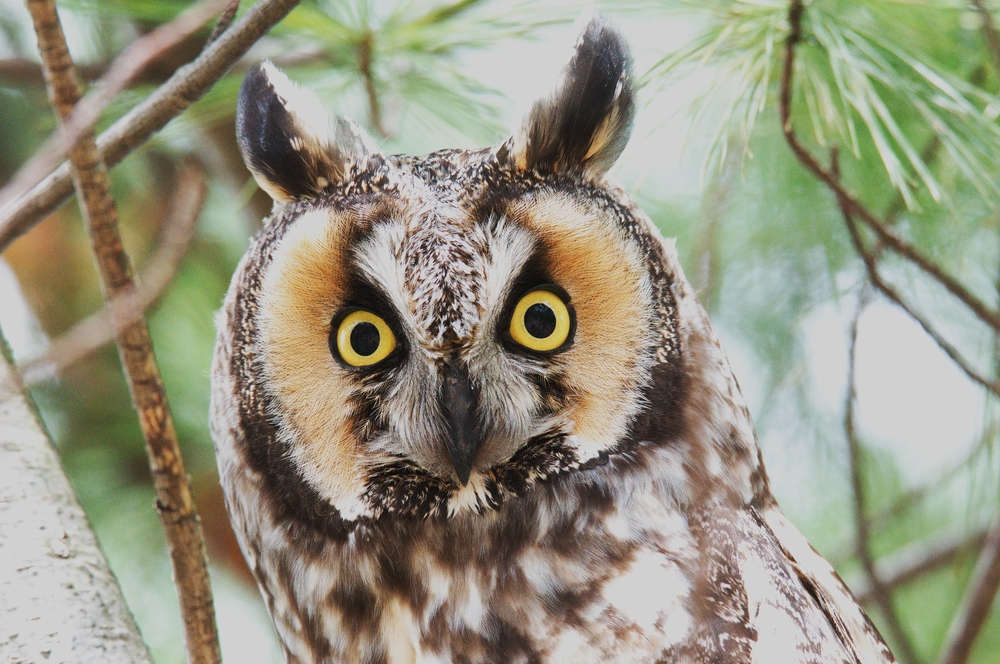The Spectacled Owl (Pulsatrix perspicillata) stands apart from many other owl species in both appearance and behavior—especially as a representative of tropical ecosystems. Here’s how it compares to other owls across key traits:
Habitat and Range
-
The Spectacled Owl is found exclusively in the tropical and subtropical forests of Central and South America, from Mexico to the Amazon Basin.
-
Most other well-known owls, like the Great Horned Owl, Barn Owl, or Screech Owls, occupy more temperate or arid environments and are adapted to a broader range of habitats—including grasslands, deserts, and urban areas.
✅ Unique Niche: It is a true rainforest specialist, thriving in dense lowland forests where few other large owls dominate.
Appearance
-
Its signature white “spectacles” around bold yellow eyes, chocolate-brown upperparts, and buff chest give it one of the most recognizable faces among owls.
-
Other owls—like the Barred Owl, Tawny Owl, or Long-eared Owl—lack such bold facial markings and tend to blend in more uniformly with their forest surroundings.
✅ Distinctive Look: Its “masked” face makes it instantly recognizable, even among other striking owl species.
Size and Build
-
The Spectacled Owl is a large-bodied owl in the tropics, weighing up to 2.7 pounds (1.25 kg).
-
Though smaller than giants like the Eurasian Eagle-Owl or Great Horned Owl, it is the largest neotropical owl, giving it top predator status in its range.
✅ Tropical Apex: While not globally the largest, it fills the apex predator role in tropical forests, unlike many rainforest owls that are smaller and more specialized.
Behavior and Hunting Style
-
Spectacled Owls are sit-and-wait ambush hunters, often perching quietly in dense foliage and striking suddenly.
-
Many other owls, like Barn Owls or Short-eared Owls, prefer open hunting and quarter fields in flight.
-
Unlike the diurnal Burrowing Owl, the Spectacled Owl is strictly nocturnal.
✅ Master of Stillness: Its hunting style is quiet, deliberate, and highly effective in shadowy forest interiors.
Vocalizations
-
It produces a low, deep, rhythmic “bubububububú” or “gruff hoots”, often heard at night.
-
This contrasts with the classic “hoo-hoo” of the Great Horned Owl or the eerie screech of a Barn Owl.
✅ Deep Jungle Voice: Its call is unique in cadence and tone, well-suited to echo through dense rainforest.
Reproduction
-
Spectacled Owls are slow breeders, often raising only one chick per cycle, and sometimes skipping years.
-
In contrast, many temperate owls like the Screech Owl or Barred Owl produce larger clutches with faster development.
✅ Long-Term Parenting: Its strategy reflects tropical species’ emphasis on quality over quantity—with extended care and long juvenile dependence.
Juvenile Plumage
-
The chicks wear dramatic white down with a dark facial mask, making them visually distinct from the adults.
-
Most other owlets are simply smaller, fluffier versions of their adult counterparts.
✅ Visual Drama: Juvenile Spectacled Owls are some of the most visually striking in the owl world.
In Summary:
The Spectacled Owl is a tropical original—large, masked, and slow-paced, with a presence that is both commanding and elusive.
Unlike the more adaptable, open-country owls of temperate zones, it thrives in dense rainforest, hunting quietly from shadowed perches and raising its young with long-term care.
While other owls rely on speed or vocal volume, the Spectacled Owl rules with patience, stealth, and charisma—a true sentinel of the tropical night.
